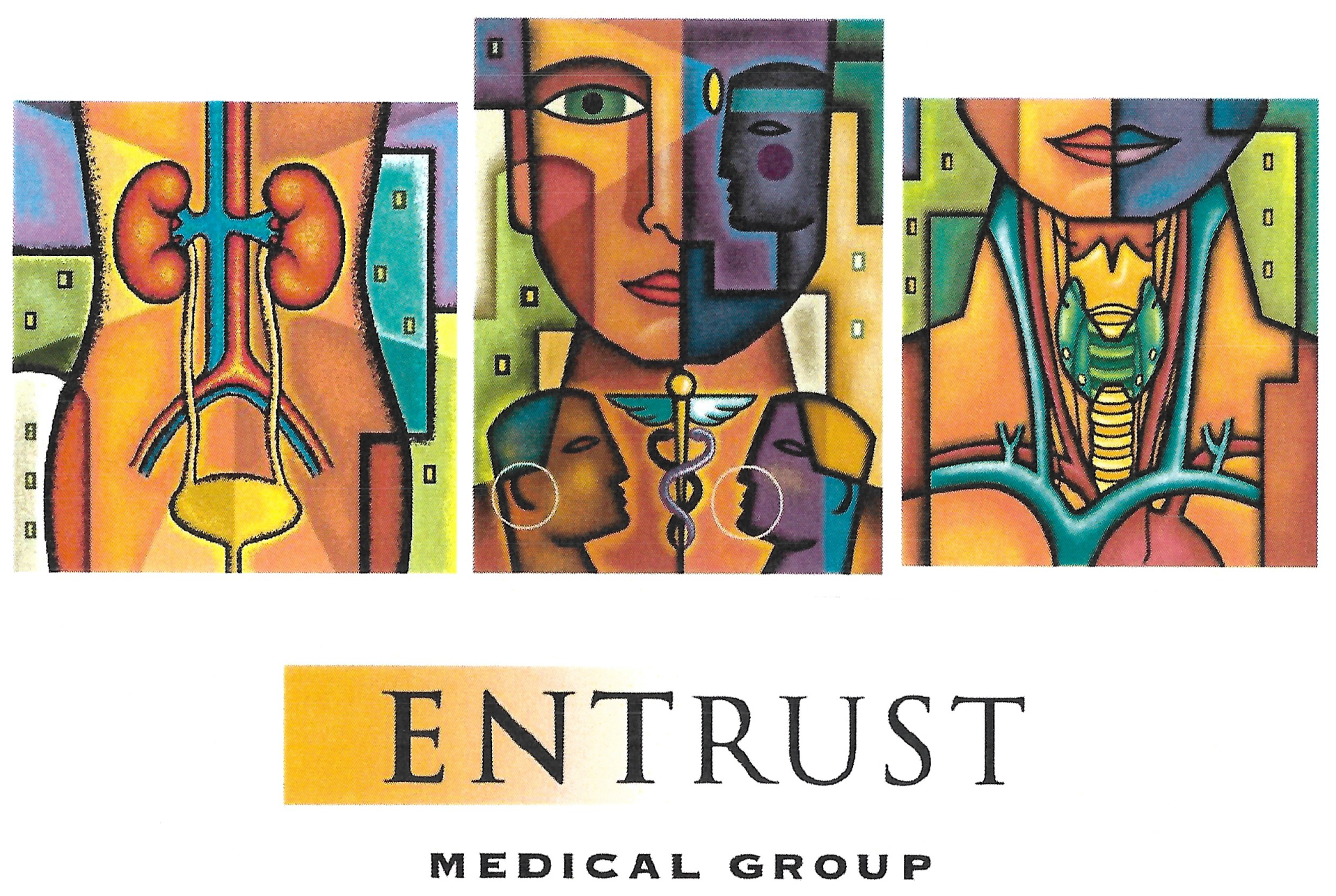Low Iodine Diet
A short-term diet to Prepare for radioactive Iodine treatment or scan
What is a low iodine diet?
Your doctor prescribed a low iodine diet to prepare your body for radioactive iodine (RAI) treatment or scanning. A low iodine diet (LID) means that you should have foods and drinks that do not contain iodine. Iodine is a mineral found naturally in many foods, especially those from the sea. As salt comes from the sea it naturally contains iodine. In Canada, iodine is added to table salt. This is called iodized salt.
In a LID, the total amount of iodine you take in each day should be less than 50 micrograms (mcg). This will be much less than you are used to having. For example, the amount of iodine allowed in a day is equal to the amount found in less than 1/8 tsp of table salt.
To lower iodine in your diet:
- choose foods and drinks without iodine
- prepare foods and drinks without adding iodine
You will be asked to follow a LID for 7 to 14 days before your RAI treatment or scan and for about 2 days after your treatment or scan. Then, you can go back to eating as usual. Your doctor or dietician will tell you the exact schedule.
How does a LID help with RAI treatment or scanning?
A low iodine diet starves the body of iodine. Thyroid cells will crave iodine more than others. When RAI is given, thyroid cells take up the iodine, which makes them able to be seen in the scan. When given at treatment levels, RAI destroys the thyroid cells including those that are cancerous.
Is a LID the same as a low sodium diet?
No. It may be confusing because salt is also called sodium chloride. You need to avoid salt (sea salt and iodized table salt) because it contains iodine, not because it has sodium. You can still have foods with sodium.
How can I avoid foods with iodine?
Iodine comes from many food sources.
Iodine is found:
- naturally in many foods such as fish and other sea foods
- in dairy products, because the solutions used to clean cows and milking equipment contain iodine
- in foods made with iodized salt and red food dye
Do not eat foods and drinks that contain iodine. To find out if something contains iodine, check the ingredient list on the package label. Ingredients to avoid are listed in the chart on the next page.
Avoid foods that list salt or sea salt. Salt is used in most canned foods, take-out and restaurant foods, and pre-packaged foods. It is best to avoid them. All table salt packaged in Canada has iodine; however some table salt from the United States may be iodine-free (check the label).
There may be times when you are not sure if a food contains iodine. If you are in doubt, leave it out!
How can I prepare foods without iodine?
Make home-made foods “from scratch” and have fruits and vegetables on hand. Add flavor with fresh or dried herbs, salt free spice mixes or vinegars. Hide or move your saltshaker so that you won’t be tempted to use it.
Look for recipes in low-iodine cookbooks and online at www.thryvors.org or www.thyca.org . Remember that American recipes use iodine-free salt.
Food Guide For A Low Iodine Diet
Menu
Soups & Salads
| Food and ingredients to AVOID | Foods and ingredients that are ALLOWED |
|---|---|
| Salt and Seasonings | |
| Iodized salt(all table salt in Canada) | fresh or dried herbs |
| Sea salt | salt free spices and mixes |
| spice mixes | vinegars |
| Any foods prepared with iodized salt | non - iodized salt (bought in us) |
| Fruits & Vegetables | |
| Rhubarb | fruits and juices, except colored with red dye # 3 |
| Fruit or juice with red dye # 3 rhubarb & those | unsalted vegetables |
| Such as maraschino cherries | |
| And red/pink juice with Artificial color | |
| Potato peel or skin | |
| Fish & Seafood | |
| All fish and shellfish | None |
| All sea products such as nori, dulse, seaweed, kelp | |
| Foods made with fish or seafood, such as fish sticks, dips, sushi and maki | |
| Foods with ingredients such as alginate, algae, agar, carrageenan | |
| Meats & Alternatives ( no more than 5oz or 150g cooked weight a day) | |
| Any meat or poultry prepared with salt or prepared with salt, as those treated in brine | fresh meats or poultry prepared without salt or bring (ask butcher how meat was prepared) |
| Cured meats such as ham, bacon, corn beef, lox wieners and luncheon meats | wild game |
| Soybeans or soy protein products such as soy sauce, soy milk, and tofu (the exception is soy oil) | egg whites |
| Egg yolks | unsalted nuts |
| Salted nuts | lentils, beans and legumes |
| Grain Products (no more than 4 servings a day) | |
| Breads, cereals or crackers made with salt | breads, cereal and crackers without salt, egg yolks or dairy products |
| Egg yolks or dairy products | unsalted pasta, rice, rice cakes, matso and popcorn |
| Salted pasta, rice or popcorn | |
| Dairy Products | |
| All dairy products such as milk, cheese, butter, yogurt | None |
| Foods that contain dairy products or ingredients such as whey, casein and caseinates | Unsalted peanut butter or nut butters |
All Rights Reserved | Site by Fix8

